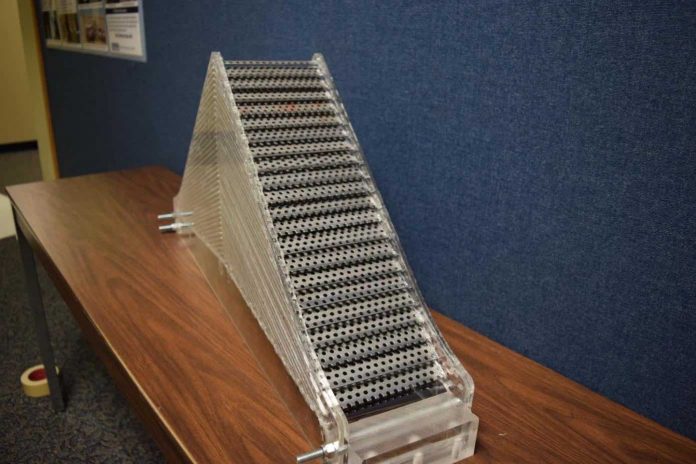Researchers Didn’t Invent a Star Trek ‘Cloaking Device,’ But What They Did Is Still Neat.
Starships that can cloak make an intriguing plot device in the Star Trek universe, especially in Star Trek VI: The Undiscovered Country. While “invisibility cloaks” have been bandied around on the big screen for decades, their use in real life hasn’t exactly lived up to the hype. However, researchers from Pennsylvania State University think that they have a way of turning science fiction into science fact.
Unlike cloaking devices in Star Trek, Pennsylvania State is using what it calls an acoustic ground cloak. This cloak would be used underwater to in effect make an object undetectable when scanned via sonar. This is achieved by scattering sound waves, spreading the energy around the object making it extremely difficult to detect.
“Stealth” technology used on America’s F-22 Raptor and F-35 Lighting II fighter aircraft uses similar techniques to avoid radar detection along with radar absorbent materials. But in an underwater environment, this could make submarines nearly undetectable by enemy forces. Achieving results underwater are also much more difficult given water’s density compared to air (where’s stealth technology is employed).
Researchers built a 3-foot tall pyramid-shaped structure to test their work for redirecting incoming sonar waves underwater. The prototype is constructed of a new type of metamaterial that is smaller than the [acoustic] wavelength of sonar waves. The prototype was placed in the bottom of a tank and was bombarded with sound waves between 7,000 and 12,000 kHz. The resultant reflected waves came back with the same “phase” as if they were being directed solely at the bottom of the tank, which verified that the cloak was indeed functioning.
“These materials sound like a totally abstract concept, but the math is showing us that these properties are possible,” said team leader Dr. Amanda D. Hanford. “So, we are working to open the floodgates to see what we can create with these materials.”















